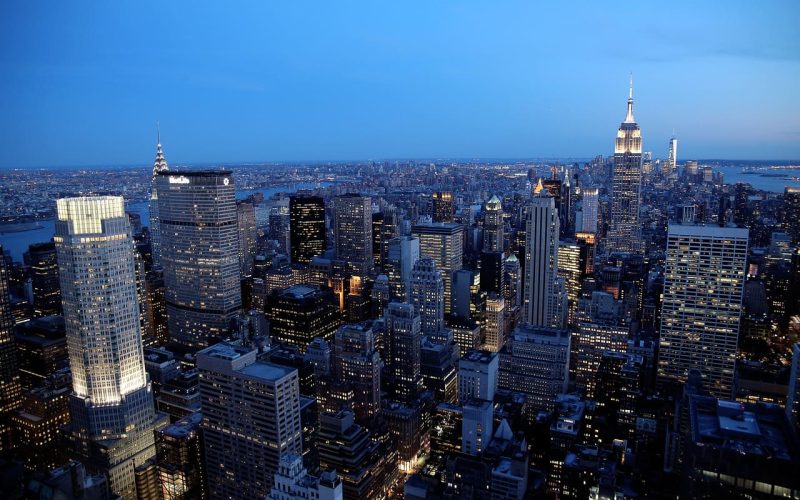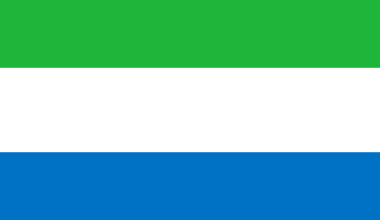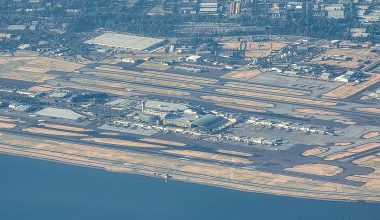A total of 195 countries are present on the entire earth. All countries have their own culture, nationality, and traditions. Some countries are extremely wide in the area and some are so small. Today I am going to present to you the top 10 largest countries in the world by area,
Largest Countries In The World By Area
1. Russia- (17.098 million sq. km)
Russia covers an area of about 17098242 square km and is almost 14.41 crores populated. Moscow is the capital of Russia. Moreover, the world’s longest railway is also native to Russia. Russia is famous for having almost 12 volcanoes and many kinds of literature.
Also, one of the most interesting games Tetris was initiated by Russia. In Russia, surprisingly males are fewer than females. Males fill around 46% of the population while the remaining 54% are female. Russia is home to various plant species, it is known to have almost 640 billion trees which cover about 20% of the world’s tree population.
Also Read: Top 10 Problems In The World Today
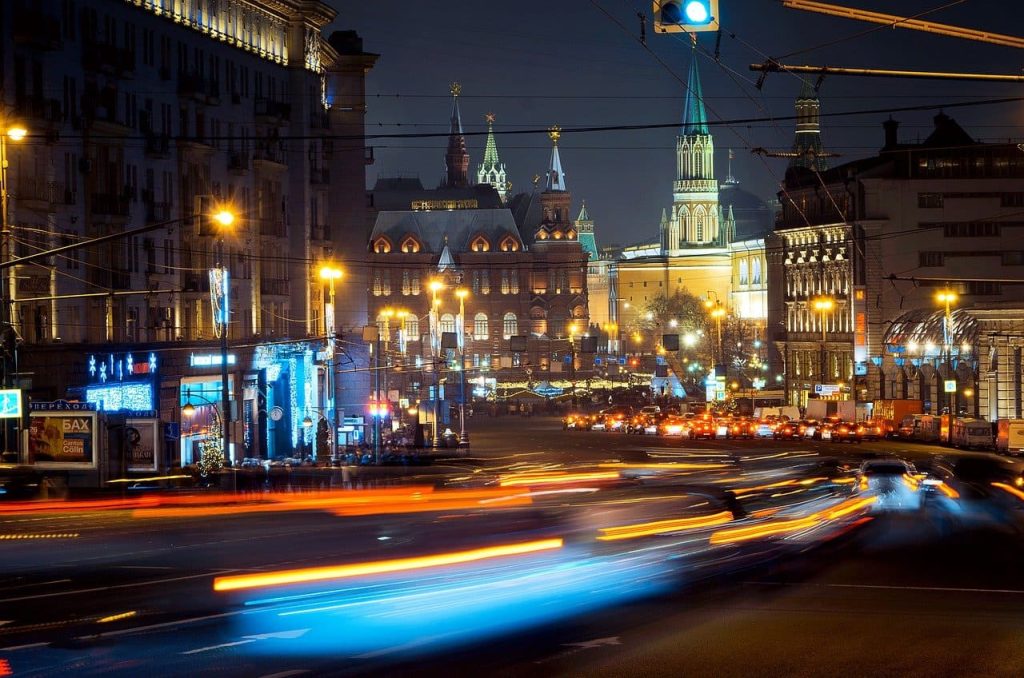
2. Canada- (9.984 million sq. km)
Canada is the second largest country in the world with an area of 9984670 square km and a population of nearly 35881659. Ottawa is the capital of Canada and English and the French were the main languages spoken there. In Canada, 1 July is celebrated as a national holiday on the occasion of Canada Day.
Beaver is the national animal of Canada. The Canadian people are so cultured and educated making it the most educated country in the world. Canada is known for its longest coastline and international border and covers 10% of the world’s forests. It is one of the largest countries in the world by total area in the world.
Also Read: Top 10 Best Airports In Oregon 2022

3. The United States- (9.2826 million sq. km)
The United States covers an area of 9826675 square km with 324057300 populations. The official languages spoken there are Spanish and English and Washington, D.C. is the capital. One of the most famous universities known as Harvard University is also located in the United States of America. In 1782, bald eagles were declared the national symbol there. The United States of America has a quarter of the world’s total economy making it the largest economy in the world. Also, France gifted the Statue of Liberty to America.
Also Read: 10 Longest Rivers In Europe
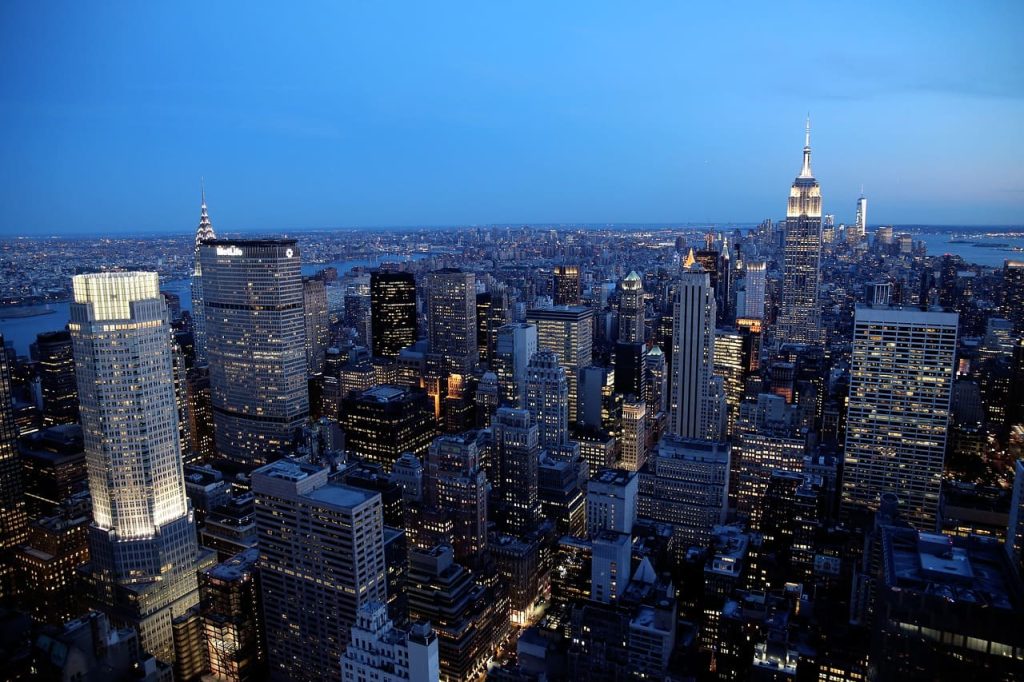
4. China- (9.596 million sq. km)
China is one of the largest countries in the world bt total area covers an area of 9596961 square km and has around 1.4 billion population. Mandarin is the official language in China and rice is the main food eaten there. The national flag of china has a red base representing communism and a big yellow star at the top left corner showing the leadership of the communist party surrounded by 4 small yellow stars indicating unification. The people of China celebrate 1 October as the National Day and Chinese New Year is celebrated with great enthusiasm for almost 15 days.

5. Brazil- (8.514 million sq. km)
Brazil has an area of 8514877 square km and is the fifth largest country in the world. In terms of population, it is the sixth largest country with a population of 21.26 crores. Brasilia is the capital of Brazil. Portuguese is the most spoken language there and surprisingly, it is native to almost 60% of the Amazon Rainforests. The Nile River which is the second longest river in the world also flows in Brazil.
The national flag of Brazil has a green box with a yellow diamond-shaped structure. In this yellow diamond, a blue color circle is visible as a globe with 27 white color stars and a white band in the middle. On the white band, the slogan Ordem e Progresso is written implying order and progress. A food item named Feijoada made of pork, black beans, and beef is the staple food there and football is the most played and liked game there.

6. Australia- (7.617 million sq. km)
Australia is the only country covering an entire continent and covers an area of 7741220 square km. Canberra is the capital of Australia. The biggest reef system identified as The Great Barrier Reef having almost 900 islands, 3000 reefs, and 1500 fish species is also in Australia. Moreover, some of the world’s most dangerous and venomous snakes and spiders like Taipan, tarantulas, and Blue-ringed octopuses reside there. The most beautiful island with the cleanest air Tasmania adds beauty to it. The commonly known animal kangaroo is known to reside only in Australia.

7. India- (3.287 sq. km)
India has an area of 3287263 square km. India occupies the major part of South Asia and its capital is New Delhi. India is a diverse country full of diverse people, cultures, food, and religions. Around 10 million foreign tourists visit to admire India’s beauty and culture. Peacock is the national bird of India and the most played and admired and the national game is Hockey.
More than 20 languages are spoken in the entire country but Hindi is the national language. India contributes about 70% of the spices in the entire world including saffron, turmeric, cumin, salt, and chili. India is also admired for its culture, temple, and historic buildings and is the world’s largest milk producer.
Also Read: 10 Poorest Countries In The World By Gross National Income

8. Argentina- (2.780 million sq. km)
One of the largest countries in the world, Argentina covers an area of about 2780400 square km. Argentina is a big country located in the Southern Part of South America. A lot of languages are spoken there but the official or most spoken languages are Spanish, English, German, Italian, and French. Its national flag is blue and white with a yellow sun on the white band. People are usually Christians there and the literacy rate is very high in Argentina. Argentina is home to different animal species like elephants, seals, penguins, dolphins, sharks, turtles, crocodiles, jaguars, and a lot more animals.
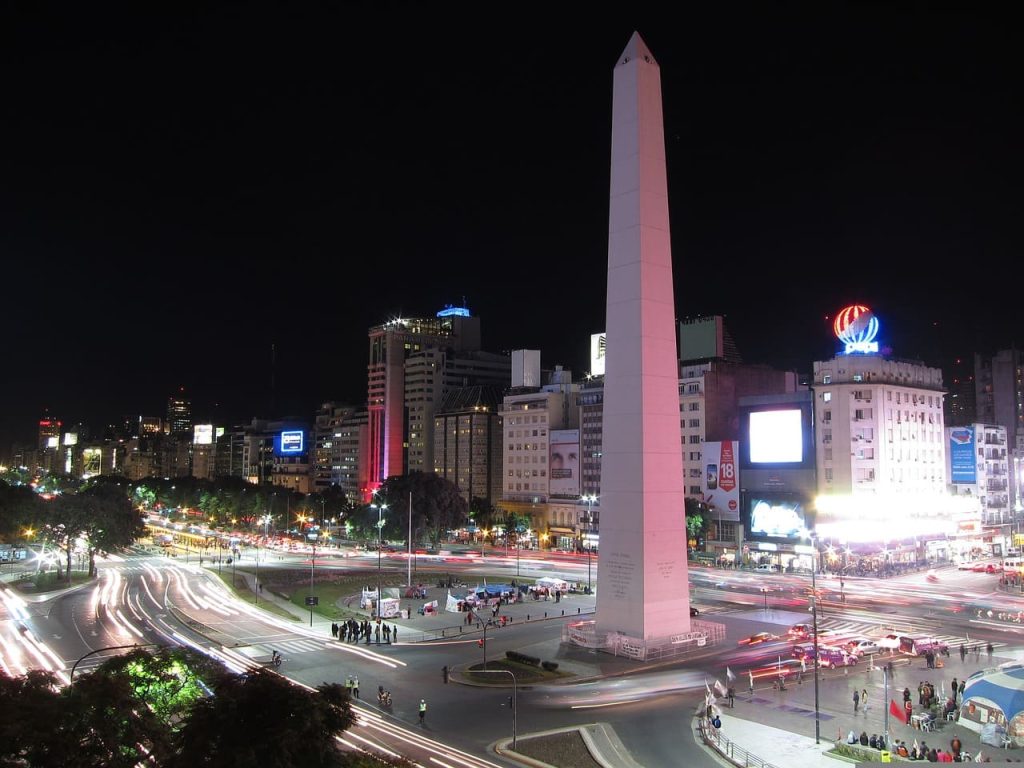
9. Kazakhstan-(2.724 million sq. km)
Kazakhstan covers a vast area of 2724900 square km. Kazakhstan is situated in the North of Central Asia. Kazakhstan natives are mostly Muslims and are situated between Russia, China, and the West. The national flag of Kazakhstan has a blue rectangular figure with a golden yellow sun at the center and an eagle flying under the sun. Kazakhstan has a very strong economy having about 120 ethnic groups and nationalities. The world’s fifteenth largest Lake Balkhash also flows in Kazakhstan. Surprisingly, the national drink of Kazakhstan is horse milk.
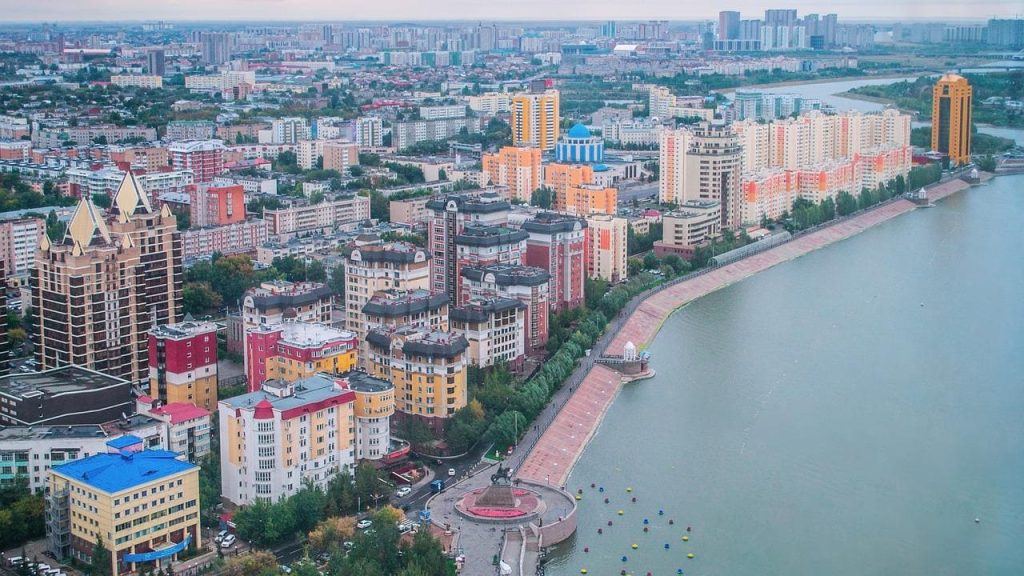
10. Algeria-(2.381 million sq. km)
Algeria is the tenth largest country in the world and covers an area of almost 2381741 square km. Algeria is the largest country in Africa. About 90% of the world’s most known Sahara Desert is situated in Algeria. Algeria’s national flag is half green and half white with a red half-moon and a red star at the center of the moon. It is one of the largest countries in the world.
Women are given equal treatment with a great stand and also work as teachers, judges, and engineers. Algeria is well-liked for its crafts, domes, buildings, and shops. A cute huge-eared small fox is known to be the national animal of Algeria and is liked so much by the people there. The Saharan cheetah which is an endangered species resides there.
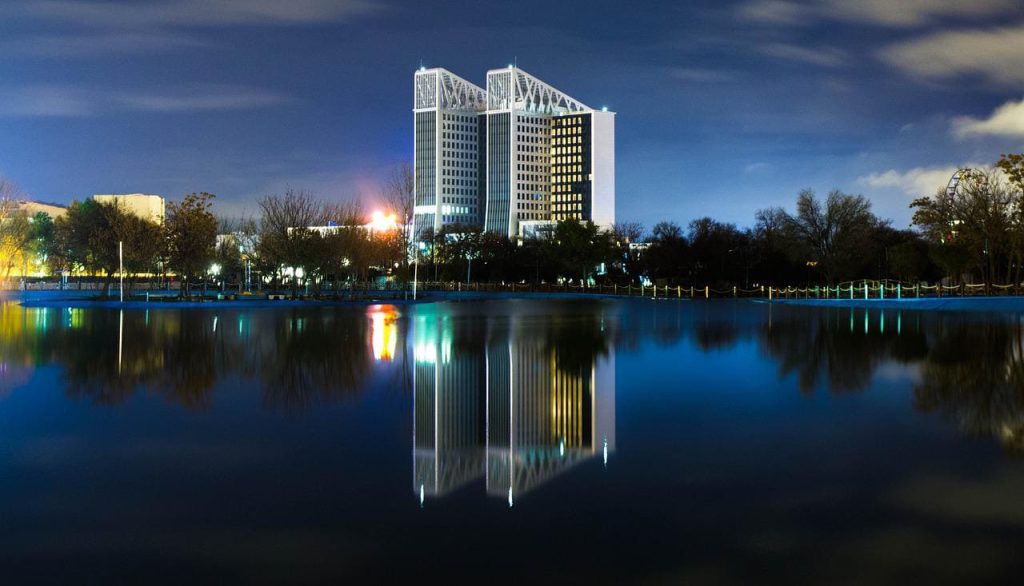
11. DR Congo (2,344,858 km²)
The Democratic Republic of Congo (DRC), about the size of Western Europe, is the largest country in Sub-Saharan Africa (SSA). DRC is endowed with exceptional natural resources, including minerals such as cobalt and copper, hydropower potential, significant arable land, immense biodiversity, and the world’s second-largest rainforest. Most people in DRC have not benefited from this wealth. A long history of conflict, political upheaval and instability, and authoritarian rule have led to a grave, ongoing humanitarian crisis. In addition, there has been forced displacement of populations. These features have not changed significantly since the end of the Congo Wars in 2003.

12. Greenland (2,166,086 km²)
Greenland is the world’s largest non-continental island and is a part of the continent of North America. The country is very closely associated with Europe especially Norway, Denmark, and Iceland for more than a millennium. The residents of the 12th largest country in the world are the majority of Inuit whose ancestors migrated from the Canadian mainland beginning in the 13th century, gradually settling across the island. The capital of Greenland is Nuuk also the largest city of the country. Apart from Antarctica, this is the only country covered with a permanent ice sheet.
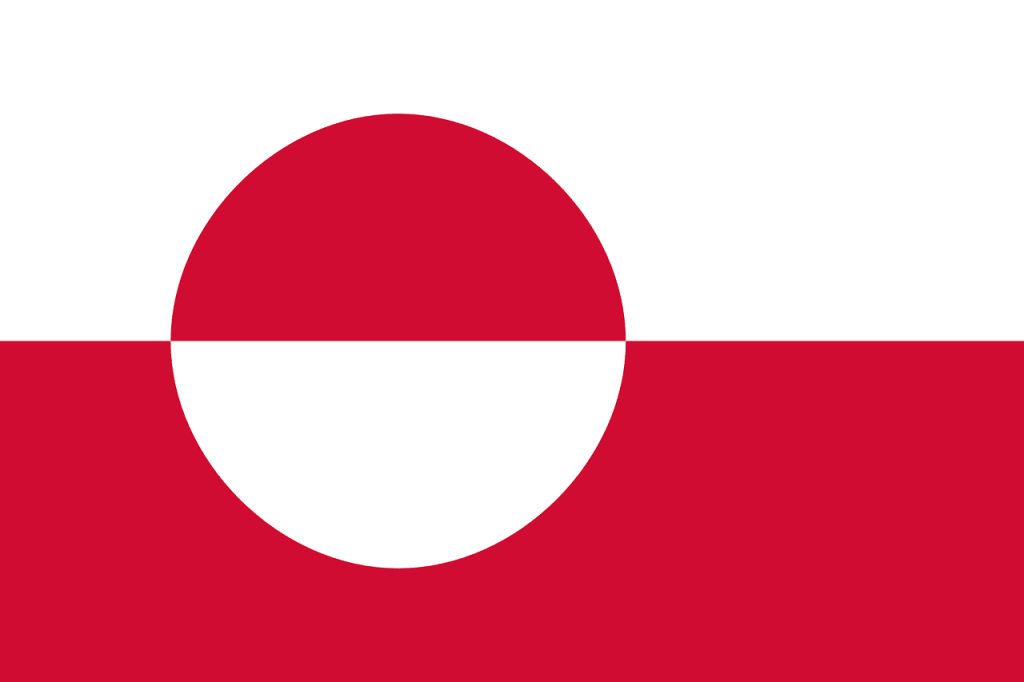
13. Saudi Arabia (2,149,690 km²)
The Kingdom of Saudi Arabia, the largest country in the Arabian Peninsula, covers an area roughly equivalent to the eastern United States. It has a population of 27 million people, including 8.4 million foreign residents as of the 2010 census, with Riyadh as its capital. Saudi Arabia’s geography offers a wide range of features, including forests, grasslands, mountain ranges, and deserts. The climate varies across regions, with scorching temperatures in the desert, often exceeding 110 degrees Fahrenheit in summer, and freezing temperatures in the north and central areas during winter. Rainfall is scarce, averaging just four inches per year.
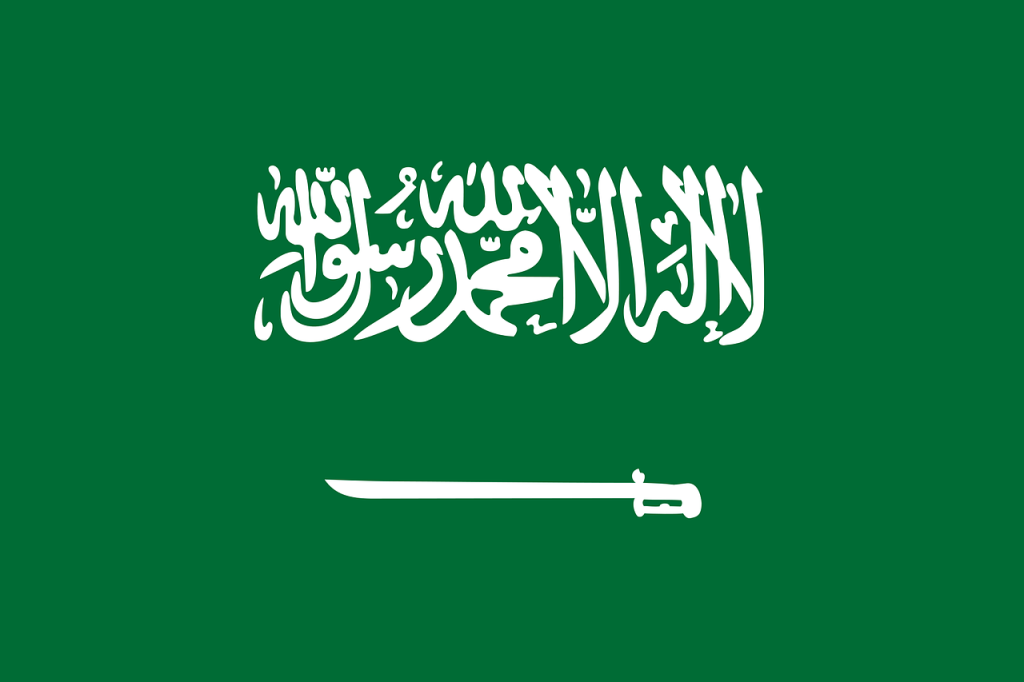
14. Mexico (1,964,375 km²)
Mexico exhibits a wide range of geographical features, from towering mountains and deep canyons in the central part of the country to expansive deserts in the north and lush rainforests in the south and east. Much of Mexico is mountainous, with smaller mountain ranges located between the Sierra Madre Oriental in the east and the Sierra Madre Occidental in the west on the Central Plateau. These regions are rich in valuable metals, including silver and copper. In Mexico’s southeastern tip, the Yucatán Peninsula extends into the Gulf of Mexico. This area was once home to the Maya civilization, known for its remarkable ancient structures that can still be visited today.
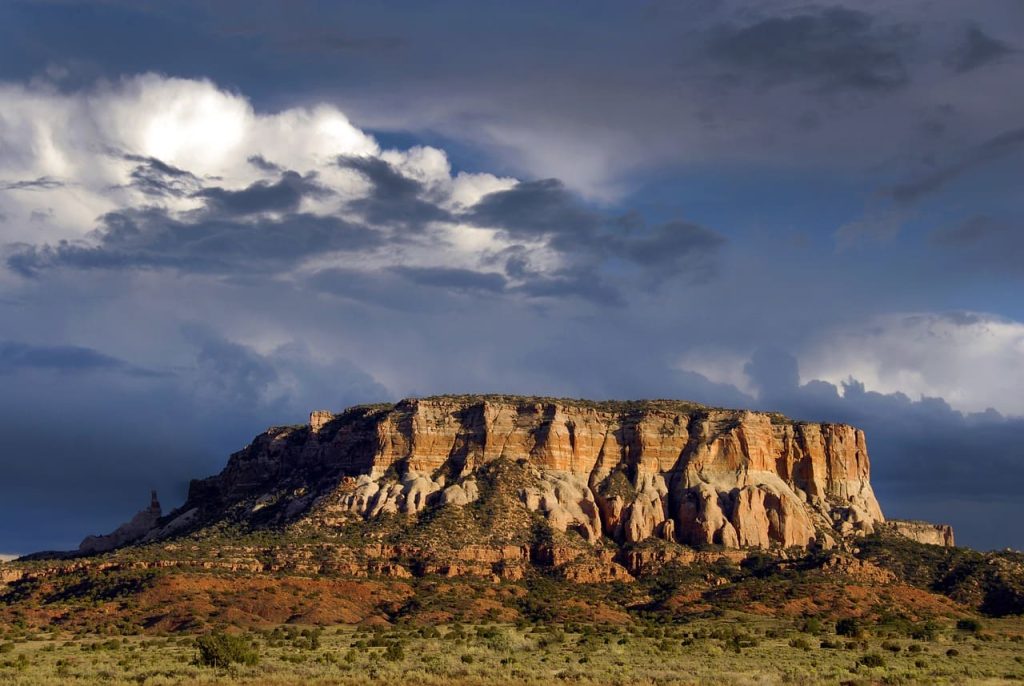
15. Indonesia (1,904,569 km²)
Indonesia, the world’s fourth most populous country and the third-largest democracy, is situated within a massive archipelago spanning between the Indian Ocean and the South China Sea. It encompasses over 17,000 islands and more than 245 million people, making it abundant in natural resources. Positioned strategically along the equator, Indonesia is a crucial hub for vital sea routes connecting the Pacific and Indian Oceans. Its role is essential for promoting stability and advancement in Southeast Asia.
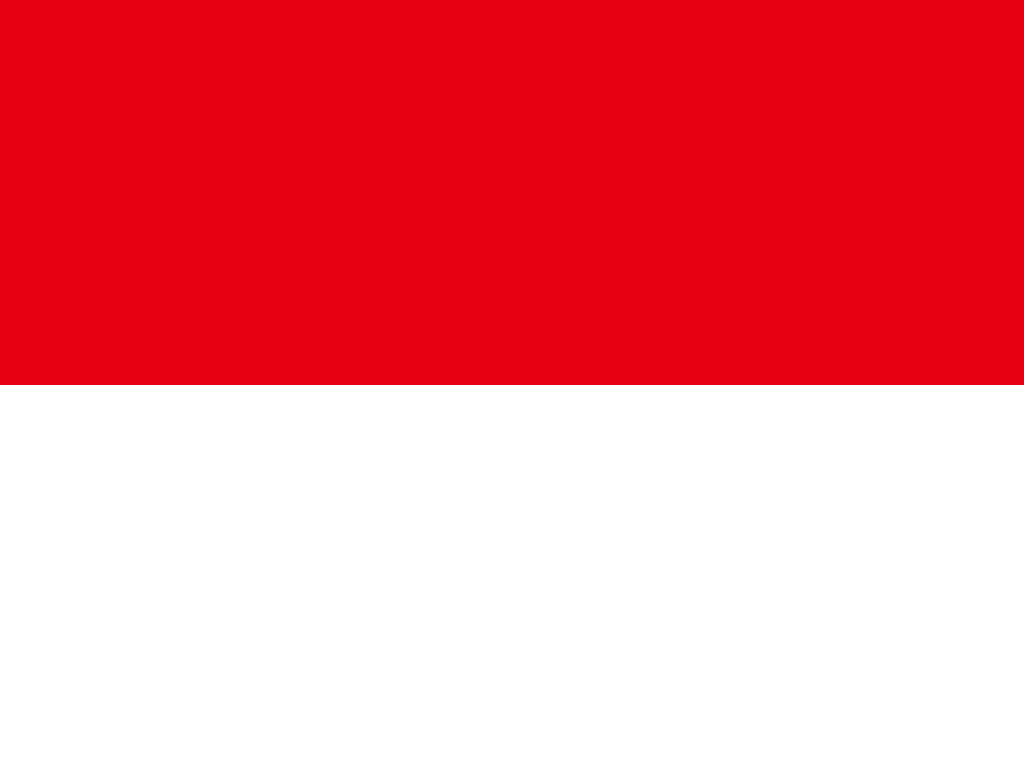
16. Sudan (1,886,068 km²)
Sudan is strategically situated at the crossroads of Sub-Saharan Africa and the Middle East, extending across the Red Sea. It shares borders with seven neighboring countries, including Libya and Egypt to the North, Chad to the West, the Central African Republic to the South-West, South Sudan to the South, Ethiopia to the South-East and Eritrea to the East.
The capital city, Khartoum, holds significance as the point where the White and Blue Niles meet, eventually merging into the Nile River, which flows through Egypt to the Mediterranean Sea. Sudan’s geography encompasses a Sahelian belt in the north, transitioning into the desert, while the fertile Nile valleys, the Gezira, and the rest of the country, from Darfur to Kassala via the Blue Nile and the Kordofan States, offer suitable land for agriculture and livestock herding.

17. Libya (1,759,540 km²)
Libya, the fourth-largest country in Africa, surpasses the size of the state of Alaska. It shares borders with the Mediterranean Sea to the north, Tunisia and Algeria to the west, Niger and Chad to the south, and Sudan and Egypt to the east. The vast majority of Libya is covered by the Libyan Desert, a flat plateau that is part of the Sahara, the world’s largest hot desert. The country is exceptionally arid, lacking permanent rivers. However, there are occasional underground water flows that can surface in dry streambeds known as wadis.
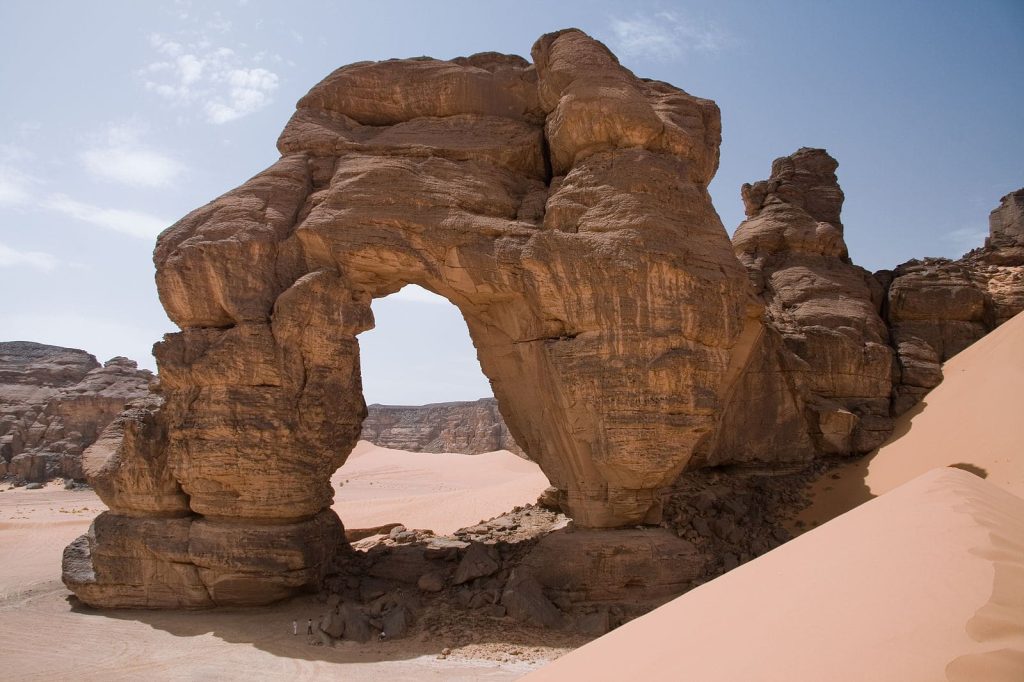
Image Source: Wikimedia
18. Iran (1,648,195)
Iran is one of the second-largest countries in the Middle East comprising a land area of 1,648,195 square kilometers whose official name is the Islamic Republic of Iran. The capital of the country is Tehran and also is the largest city in Iran. The country is known for its mountainous, arid, ethnically diverse country. Almost all parts of Iran have a central desert plateau that is ringed on all sides by lofty mountain ranges that afford access to the interior through high passes.
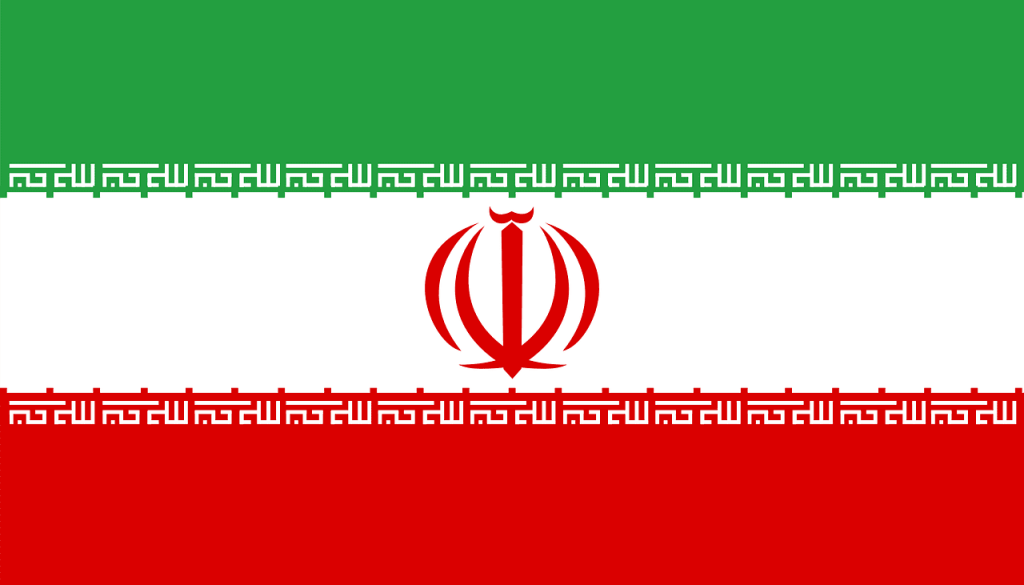
19. Mongolia (1,564,110 km²)
Mongolia is situated in Asia, bordered by Russia to the north and China to the south. It’s characterized by its mountainous and plateau terrain, making it one of the highest countries globally, with an average elevation of around 5,180 feet (1,580 meters). Mongolia is one of the largest countries in the world by total area located approximately 435 miles (700 kilometers) from the Yellow Sea.
The country experiences significant temperature fluctuations, with changes of up to 35 degrees in a single day. Mongolia is known for its arid climate, receiving just about four inches of rainfall annually. In the southern part of Mongolia, the dominant feature is the Gobi Desert, one of the coldest deserts on Earth, covering an area of about 500,000 square miles (1,295,000 square kilometers).
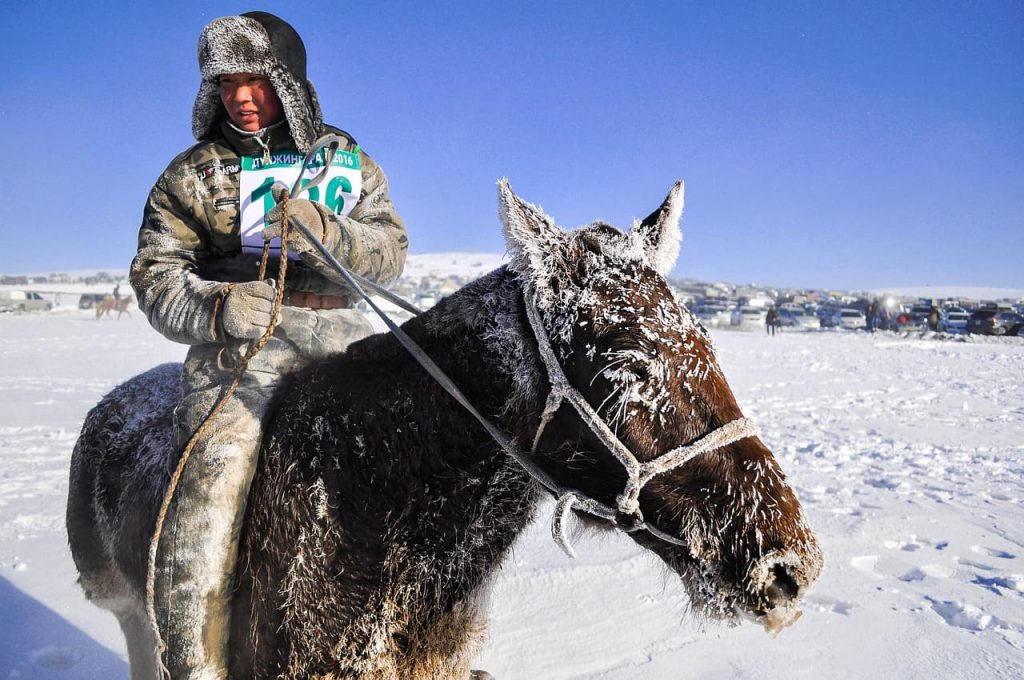
20. Peru (1,285,216 km²)
Peru, the third largest country in South America, comes after Brazil and Argentina in terms of size. It boasts diverse landscapes, including mountains, beaches, deserts, and rainforests. The majority of the population resides along the Pacific Ocean coast, where you’ll find the capital city, Lima. Running along Peru’s western coast is a narrow desert strip that stretches for 1,555 miles (2,500 kilometers).
This region was initially inhabited by ancient civilizations like the Chimú and Nasca, thousands of years ago. While the coastal desert occupies only about 10 percent of Peru’s total land area, it’s home to over half of the country’s population.

These are the largest countries in the world by total area. Kindly share and post your comments.
